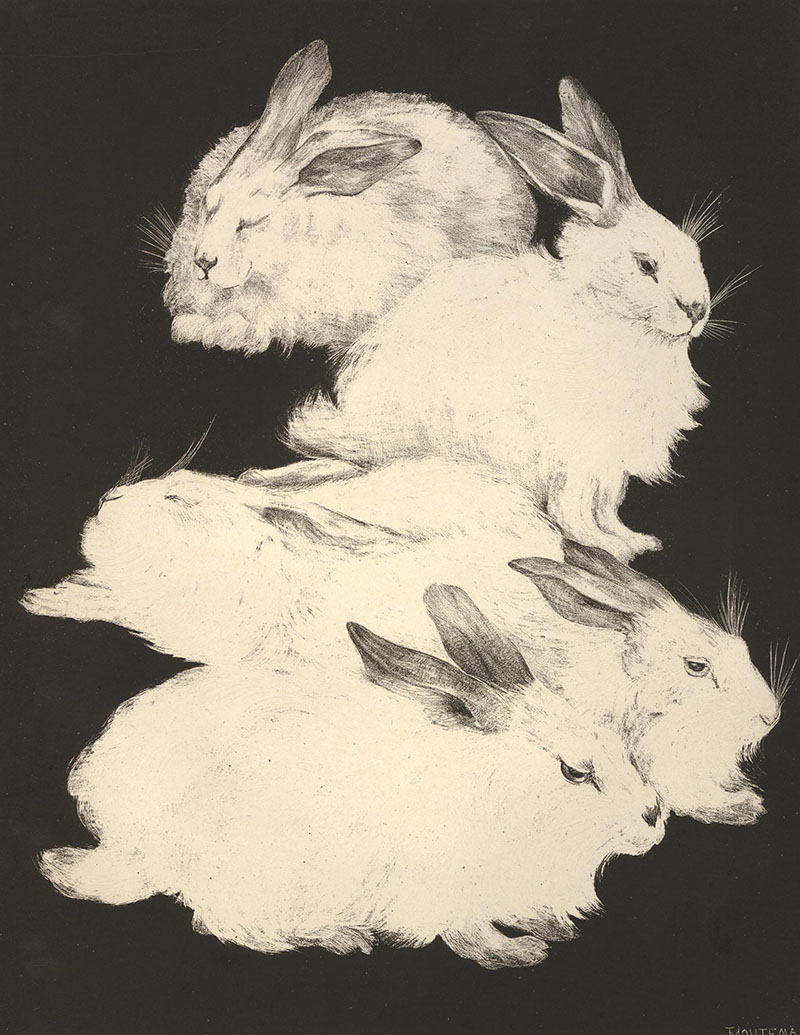Made from the hair of the Angora rabbit, this fibre, known for its fine silk-like texture, lustre and warmth, is typically used in thermal and luxury wear. The practice of using rabbit hair to make yarn originated in Angora (now Ankara) in Turkey. Angora rabbits were brought to France as luxury pets in the eighteenth century and were subsequently bred for their high-value fur. This practice then spread to other parts of Europe, particularly Germany, by the end of the century, where it grew popular fibre for use in the use of Angora fibre as a wool-like Garments made from the French breed of Angora rabbits are typically more expensive and sold primarily as luxury goods, whereas the German variety yields a fibre better suited for more functional warm clothing. Presently, Angora wool garments manufactured in China (made with fibres sourced from various regions) account for over 90 per cent of global production.
Angora wool production in India began in the 1960s when the rabbits were imported from Germany to be reared in the Himalayan foothill states, where the climatic conditions best suited them. Despite being the seventh-largest producer of woollens in the world, India produces relatively small quantities of the lighter and warmer Angora clothing. In India, the use of Angora in conventional woollen textile production is limited because it is considered a cottage industry. The Government of India has implemented schemes such as the Angora Wool Development Scheme (AWDS) in Himachal Pradesh, Uttarakhand and Sikkim to boost commercial Angora rabbit breeding and rearing.
Angora wool is usually blended with other similarly warm luxury fibres such as Merino wool or cashmere. This is a practical necessity as Angora fibres are extremely fine and smooth, often easily coming loose and leading to wastage during the spinning process. Pure Angora woollens are typically knitted and shed heavily. Weavers in India have begun to blend them with mohair sourced from Angora goats to make traditional Kullu shawls. Similarly, smaller quantities of Angora are also being combined with silk and khadi fabrics to produce brocade textiles for various garments and home furnishings.
Reports of Angora rabbits being subjected to mistreatment and cruelty has led to worldwide criticism of the Angora industry, eventually leading to a substantial decrease and, in some instances, even a ban on the use of Angora rabbit hair by many global retailers and fashion houses.







